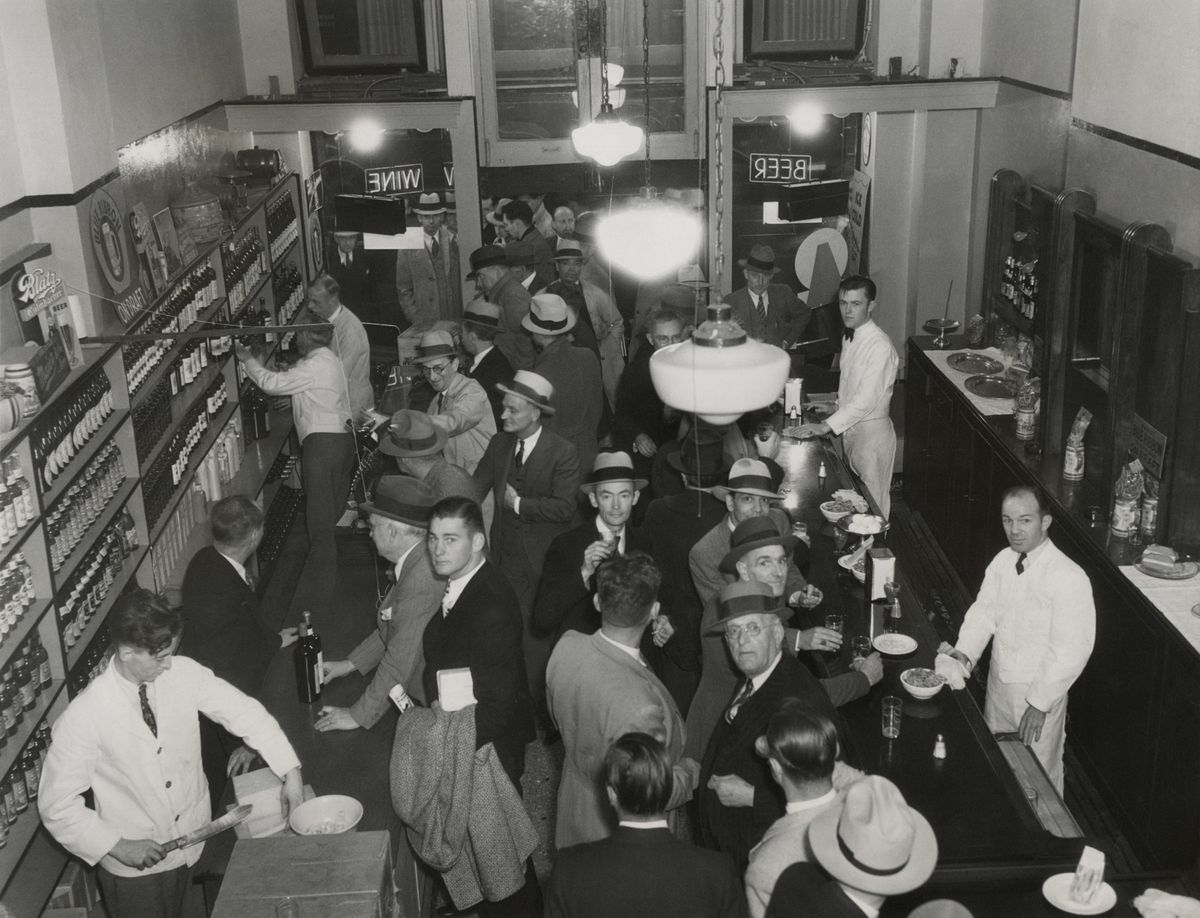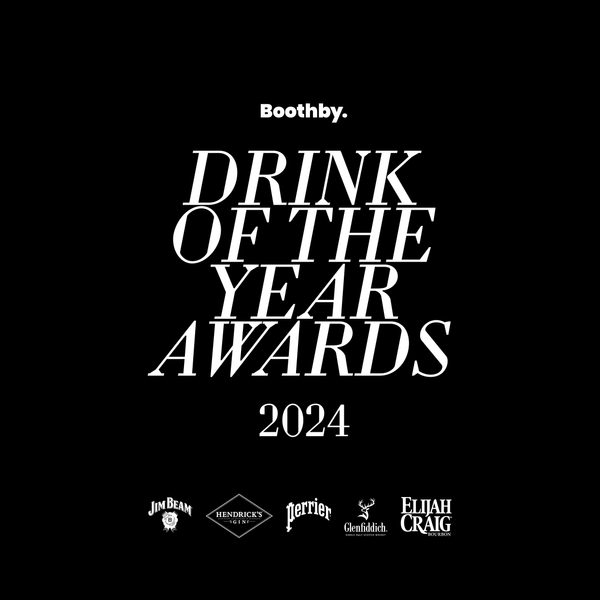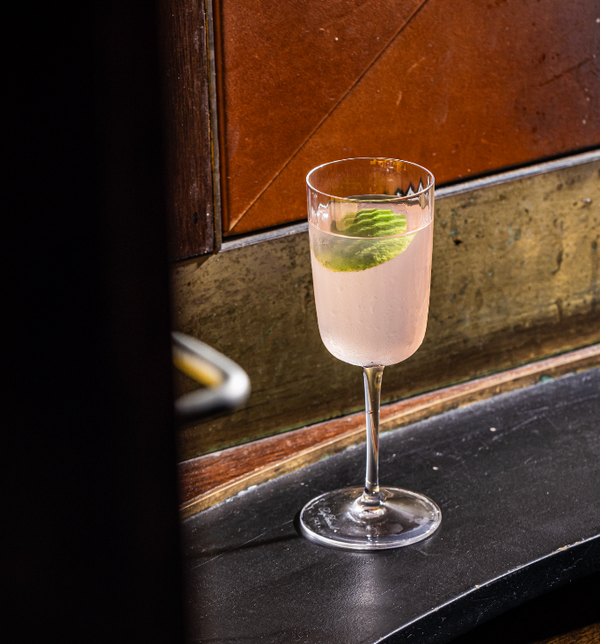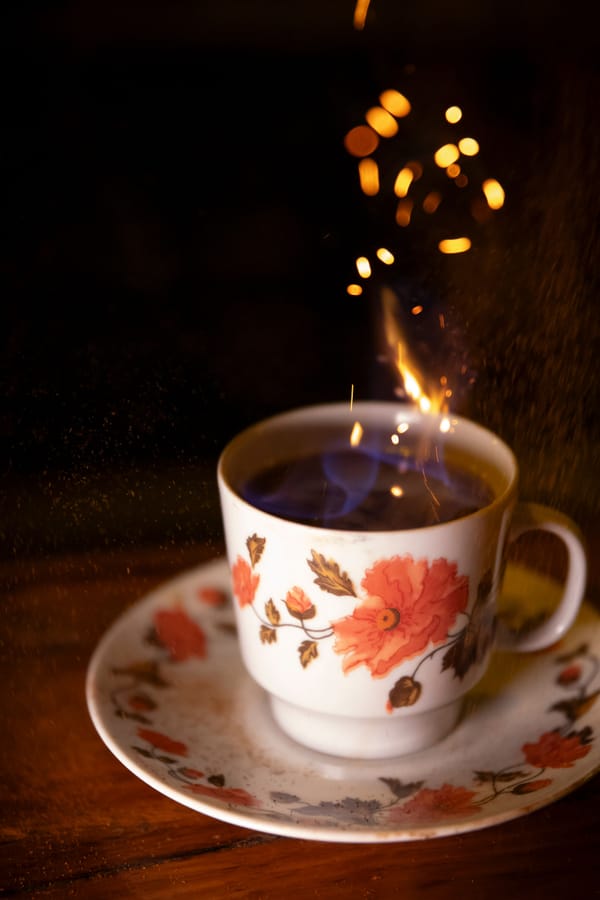The bartender's new clothes
Death to the ancient regime and 'old-timey' dress codes, writes Ava Govanstone.

Ava Govanstone is a bartender at Mjølner in Melbourne, and this piece is one of two winning articles from a writing competition held by Boothby in partnership with The Scholarship program from The Blend by Beam Suntory.
I stared at my old manager in mild bemusement. Months of pulling stick in nightclubs had been hell on the hearing, after all. He repeated his request, and I had, in fact, heard him correctly: “Three, at all times.”
It was my first gig in a cocktail bar, and he was referring to the venue's uniform policy. We were required to wear three ‘quirky’ items of clothing — pocket squares, suspenders, ties in all their genera, sleeve garters, the list continues — whilst working at the busy bar. This stretched to waistcoats, peaked caps, and even sock garters, which my male colleagues paraded with aplomb. As a young woman to whom the word ‘broke’ was a trifle generous, I just shrugged, rolled up my sleeves and op-shopped to hell. After several months of being simultaneously the sweatiest and most flammable object on earth (nothing, dear reader, is worse than a loose-knit fibre like velvet or corduroy), I stopped, looked around, and wondered.
Why the fuck do we wear this stuff?
One must wonder how the bartenders of yore did it. The answer is, of course, they didn’t. The dominant aesthetic of hospitality, and the craft cocktail movement particularly, is based on a very certain era of the industry, prohibition — or, a Disneyfied version thereof.
Speakeasies, or ‘blind pigs’ (the far superior term, in my opinion), required little more than a bottle of hooch, a couple of chairs, and some initiative. Even the chairs were negotiable. Yet, we romanticise this era for its apparent glamour, arts décoratif finishes, and yes, the well-dressed, suited, (male) bartender behind it all. Regretfully leaving the gender politics of it all to the side, our prohibition men and women were hardly shaking tins in pristine velvet suits, just as their bars were unlikely to have Tiffany lamps, golden detailing, or Scooby-Doo bookcase doors. For one thing, it’d make running from the G-Man difficult.
Even the blindingly white shirts and aprons worn in images of these pioneers (sans any velvet flourishes) did not have to go through the strains of post-1980’s bartending. I am convinced that a white-shirt uniform policy can only be explained by sadism, or a variety of optimistic delusion that has unfortunately escaped me. I worked at a venue with such a policy, and every night I’d walk away looking like an impressionist painting, splattered with cassis red, curacao blue and Midori green. Monet would have been beside himself. But, I digress.
I moved venues sometime later, and the uniform policy was the same. “Old-timey,” I was told on this occasion, a term that made me, an unapologetic history nerd, twitch. I trotted out the same shirt-tie-suspender combo, only to find there were no such uneasy bedfellows as party-shop suspenders and the three flights of stairs I had to sprint up and down like a deranged yo-yo. Physically, our job is a fucking obstacle course, one that we run on the daily dressed in restrictive clothing. The number of times I have had clips flying off as I’ve reached over to grab tins, fingers itching to tear off a bow tie or a waistcoat.
Broader discussions are taking place within our industry now about our fascination with the prohibition era, and whether we should collectively sigh, and move on. I am pleased beyond measure that venues pursuing a modern approach have extended this to how their staff are required to dress. Seeing combinations of more practical, affordable and gender-neutral uniforms is a joy — the comfort, the convenience! Fabrics that breathe!
Death to the ancient regime. Besides, the less bits and pieces we have on, the less that’ll fall off as we leg it from the feds.




